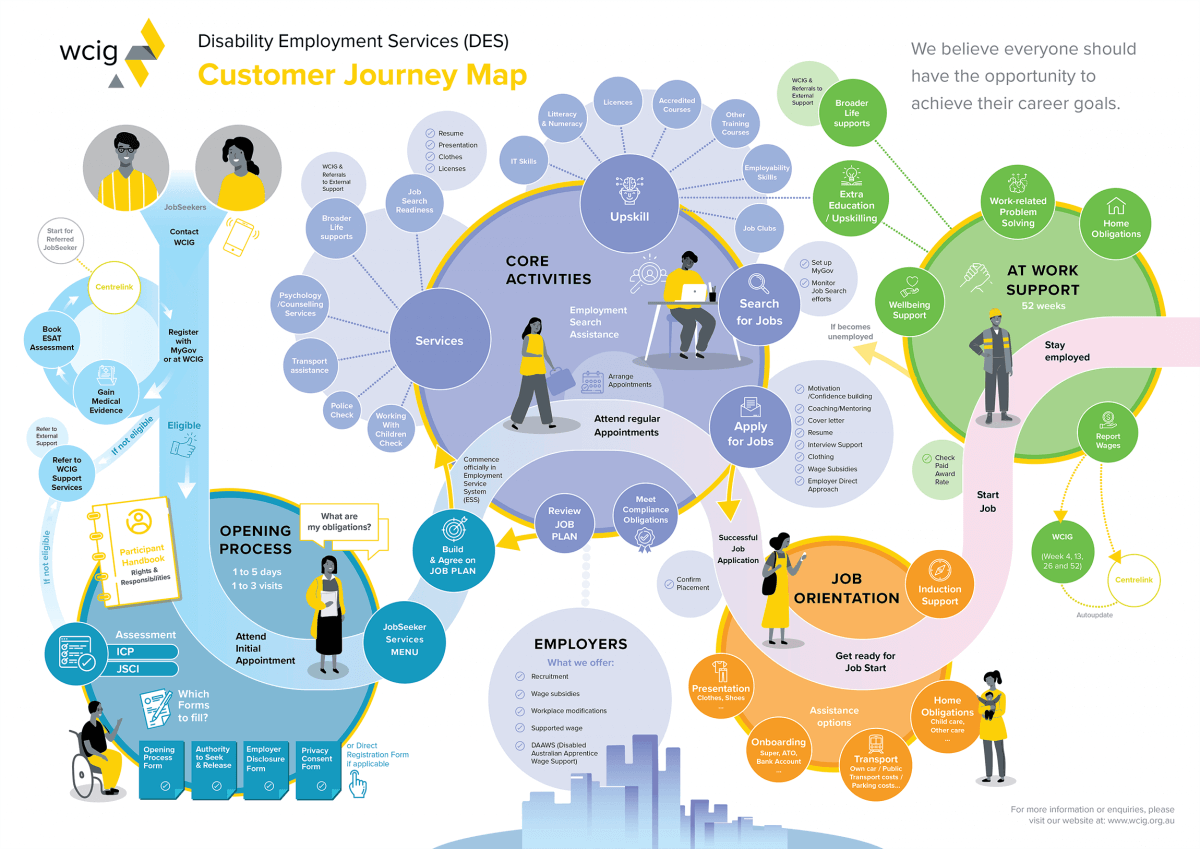Benefits of Customer Segmentation:
Types of Customer Segmentation:

Customer Segmentation Strategy
- Define Your Customer Segmentation Goals: clearly articulate the objectives you aim to achieve through segmentation, whether it's personalized marketing, improved customer experiences, or enhanced product/service offerings.
- Select Your Segmentation Method: choose a segmentation approach that aligns with your goals. This could involve demographic, geographic, psychographic, behavioral, or other methods.
- Collect and Organize Customer Data: based on your scope, gather relevant data from diverse sources and organize it systematically. This may include customer demographics, purchasing behavior, preferences, and interactions with your business.
- Segment Your Customers: apply your chosen segmentation method to categorize customers into distinct groups. Consider using tools or software to assist in this process.
- Test the Results: evaluate the effectiveness of your segmentation by assessing how well it aligns with your goals. This may involve analyzing customer responses, engagement metrics, or other key performance indicators.
- Continuous Modification: customer behavior and market dynamics evolve, so regularly revisit and adjust your segmentation strategy. Stay flexible and adapt to changes in customer preferences or industry trends.
Customer Segmentation Examples
There are various methods for conducting customer segmentation, and here I'll introduce some of the most commonly used approaches.
Customer surveys efficiently provide tailored insights into demographics, preferences, and behaviors for segmentation. They offer cost-effective, objective responses, validating and refining strategies in real-time. Careful design ensures clarity, while integrating survey data enhances segmentation depth.
How to create a customer survey? Click here:Leveraging Customer Surveys as Effective Marketing Tools
A specific type of survey is known as Customer Satisfaction Scores (CSAT). Whether utilizing CSAT or NPS, these scores provide insights into recent service interactions. Higher scores indicate customer satisfaction, while lower scores signal a risk of churn. Segmenting customers into promoters and detractors can enhance the value of your most loyal customers.

Segmenting customers based on their Customer Journey Stage is effective for personalized engagement, targeted marketing, and understanding behaviors at different touchpoints. This approach optimizes conversion funnels, aids in customer retention, and ensures a cohesive experience throughout the entire customer journey.

cohort analysis is a valuable method for segmenting customers. It enables businesses to group customers based on common characteristics or behaviors over specific time frames. By analyzing cohorts, companies gain insights into customer trends, enhance marketing strategies, and make informed decisions for sustained growth.
How to conduct the cohort analysis? Click here: Customer Segmentation through Cohort Analysis

It categorizes customers based on their recent purchase behavior, frequency of transactions, and the monetary value of their purchases. This approach helps identify high-value segments, tailor marketing strategies, and enhance overall customer engagement and retention efforts.
How to conduct the RFM analysis? Click here:Customer Segmentation through RFM Analysis

In conclusion, selecting a combination of these approaches aligns segments with business objectives, enabling personalized marketing. Regularly reassess and adapt your segmentation strategy as customer behaviors and preferences evolve for sustained success.



